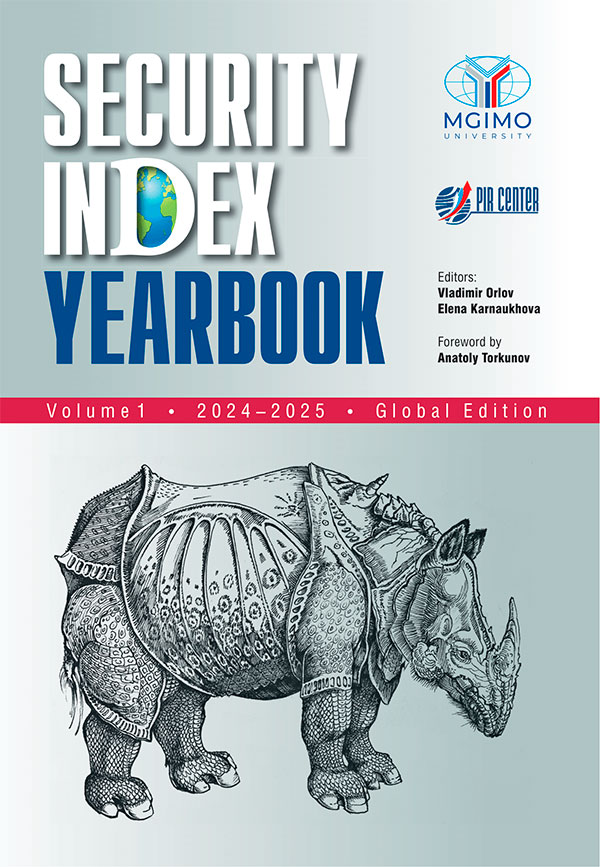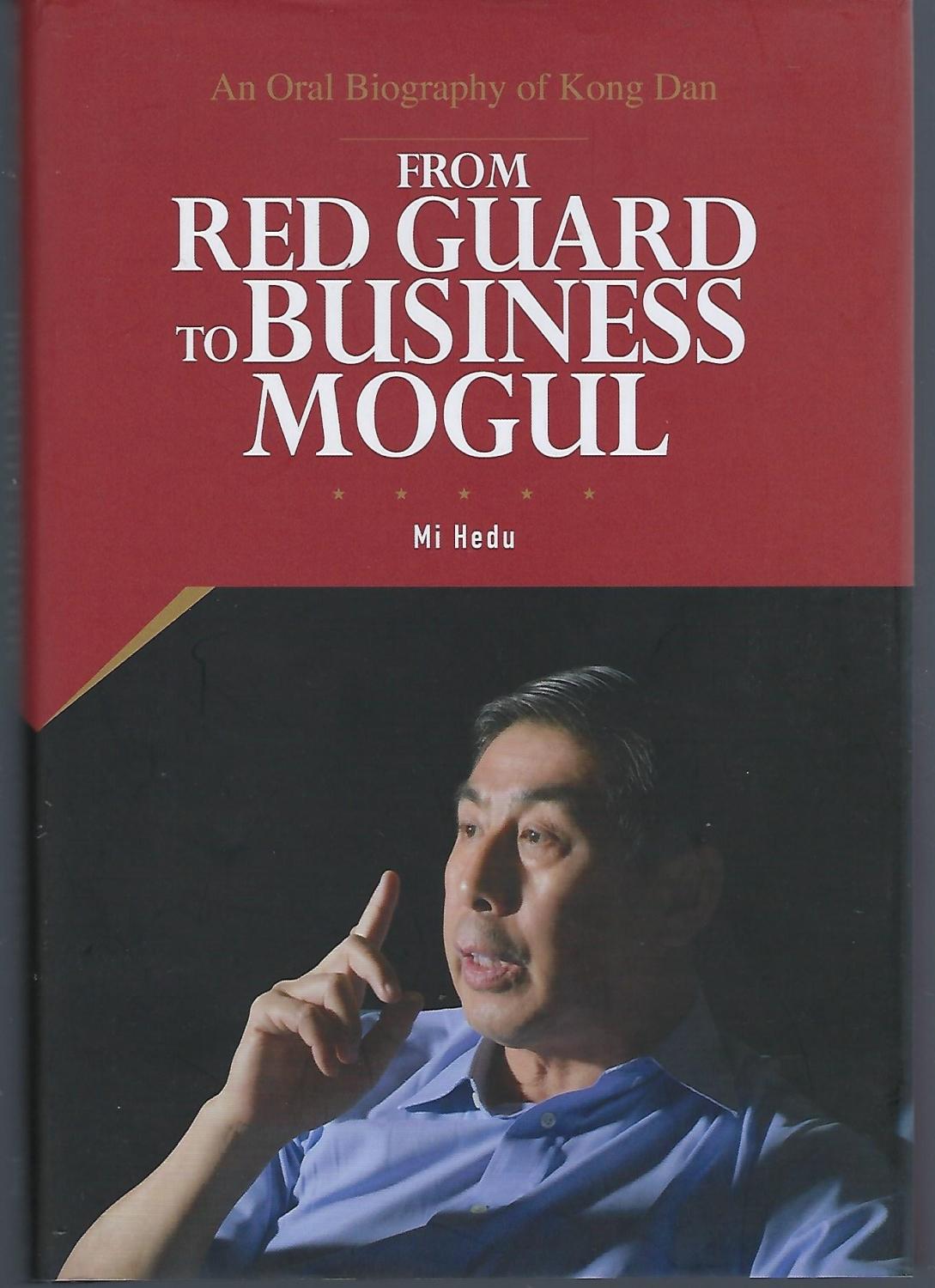... the ecosystem’ security token will be linked to the established characteristics of an unspecified parcel (for instance, the number of trees per square meter). Security tokens will have a significantly higher cash flow than utility NFTs’.
In the future, capitalization of ecosystem markets will increase significantly faster than the supply of virtual ‘land’. Thus, capitalization of each token will be elevated. Connection between utility NFTs and the unique parcel of land will make these tokens ...
... is permanently flowing, only history, the past, can exist
Before even addressing this question, a particularly relevant one, given the current frightening disorder and madness in most of our so-called ‘western world’, I must stipulate that the future does not exist, except in our minds. This makes the question redundant, unless we think deeply, and simplify. So do please try to read on.
Explanation
Andrey Kortunov:
A New Western Cohesion and World Order
Since everything is permanently flowing,...
At the strategic level, war will mostly be waged in cyberspace. Tactically, we will witness the widespread use of autonomous weapons systems
This study presents the results of an analysis of future warfare. As the paper states, cyber warfare will be waged at a strategic level. The operative level will be characterized by the use of long-range precision weapons against economic infrastructure. The tactical level will be characterized by the ...
... crimes against humanity and genocide. French President Emanuel Macron announced that Paris was ready to be an example of a great power with a “responsible attitude” towards its international commitments.
Ivan Timofeev:
Unwanted Ally? Russia and the Future of the Anti-Terrorist Coalition
The Big Three – Russia, the US and China – resolutely rejected the ultimatum but this proposal quickly won the support of the vast majority of UN members. In response to the categorical rejection of any restrictions ...
On December 1, Abishur Prakash launched a groundbreaking new book called “Next Geopolitics: The Future of World Affairs (Technology).” It looks at how new technologies like robotics, embryo editing, and food cloning will transform world affairs. Russia is featured multiple times in the book for its advances in artificial intelligence and robotics....
... political leaders consider to be a victory.
Two Models of Victory
Back in the 1820s, the German military thinker Carl von Clausewitz distinguished two types of war – total war and limited war.
defenceforumindia.com
Sergey Veselovsky:
Wars of the Future
They differ, according to Clausewitz, not in the number of dead and the scale of military actions, but in the model of victory
[3]
. The aim of total war is to destroy the adversary as a political subject. The aim of limited war is to coerce the ...
A fairly alarming picture of the future, replete with conflicts
Of course, the 100 years indicated in the title of the project is merely a poetic metaphor. In reality, we can only speak with some degree of certainty about two far closer forecasting horizons.
One is five or ten years ...
... national concern in Germany, Denmark and the United Kingdom. In addition to the obvious negative impact on the education system and the inevitable cultural and civilizational tensions that will arise, the high rate of immigration prompts fears about the future of the welfare state as an idea. The high level of social guarantees in the Netherlands, Belgium, Germany and Scandinavian countries highlights the division between “us” and “them”. Europeans are genuinely concerned about ...
... conflict.
An analysis of the doctrinal provisions that establish the procedures for deploying U.S. and NATO armed forces allows us to draw some conclusions as to the possible scenarios that could lead to large-scale military action in the foreseeable future. In accordance with the Global Strike concept, the United States Strategic Command has developed CONPLAN 8022. This is an updated version of the Single Integrated Operational Plan that allows for conventional and nuclear strikes (including pre-emptive ...
Cyberpunk: Predictions and Reality
In recent decades, individuals, society and the world as a whole have been changing at breakneck speed, necessitating scientific approaches to predicting future developments. However, science-based prediction is a relatively young discipline, while authors of fiction – and especially science fiction – have been attempting to model societal and technological changes for centuries. One particularly ...



